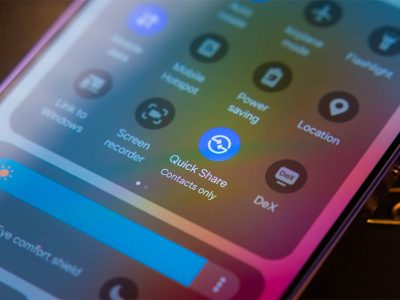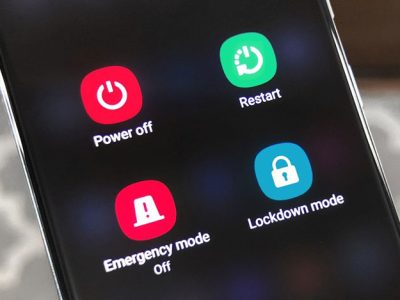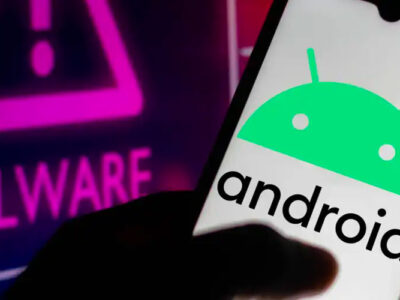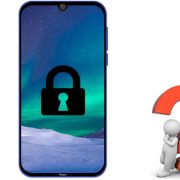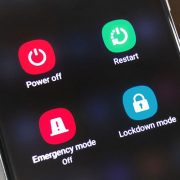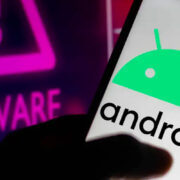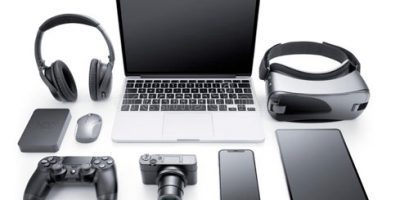
According to the carefully watched consumer price index, headline inflation in the United States is still clinging to levels last seen in the middle of the 1980s.
In the most recent reading, which was published last week, prices increased for a wide range of goods and services, including food, travel, and gasoline. According to the Bureau of Labor Statistics, which publishes the CPI, headline inflation increased by 8.2% over a 12-month period.
However, one CPI-tracked product category—smartphones—saw a 22% decline, indicating deflation.
That may appear to be counterintuitive. Most phones are expensive, and the best ones aren’t getting any cheaper. Apple released new iPhones in September, for example, at the same prices as last year’s models in the United States. This year, Samsung’s high-end devices can cost up to $1,800. Smartphone average selling prices continue to rise in markets around the world.
Smartphones, it turns out, aren’t getting any cheaper. They are improving. As a result, the CPI shows them deflating rather than inflating like many other goods.
This is why: Normally, the CPI includes price comparisons for identical items whose prices do not vary significantly from year to year. As an example, it could compare eggs to eggs. However, in the case of smartphones, the statistics bureau must account for devices that improve year after year. If smartphones improve while prices remain stable, the bureau records a price decrease.
“There have been a lot of drops in the [smartphone] index.” “And that’s really just dealing with quality improvements,” said Jonathan Church, a bureau economist.
The bureau examines new smartphone models twice a year to see how they’ve improved — whether they have better cameras, displays, or other new features.
“For smartphones, we’re talking about things like screen size, RAM, processor speed, phone camera or rear camera, foldability, and so on,” Church explained.
The bureau then makes a “quality adjustment.” If the price of the new iPhone does not rise but the phone has new features, the CPI considers the device to be more valuable than the old one and assumes consumers get more value for the same money.
A hedonic modeling method is used to estimate the size of the quality adjustments, and the bureau uses data from a third-party dataset that includes smartphone specifications.
Or, as the bureau puts it, “if a replacement smartphone differs from its predecessor and the value of the difference in quality can be accurately estimated, a quality adjustment to the previous item’s price can be made to include the estimated value of the difference in quality.”
The bureau began indexing smartphone technologies in late 2019, when Apple’s most recent device was the iPhone 11, and Samsung’s best was the Galaxy S10. According to the CPI, smartphone prices have been falling since 2019.
Church believes that smartphones will eventually mature into the type of product that will see price increases and inflation. However, the rate of improvement would have to slow.
“Their price will really only start to go up again at a certain mature point in the cycle,” Church said. “It appears that smartphones in general are still in their early stages.”
Views: 150


